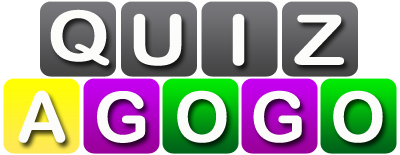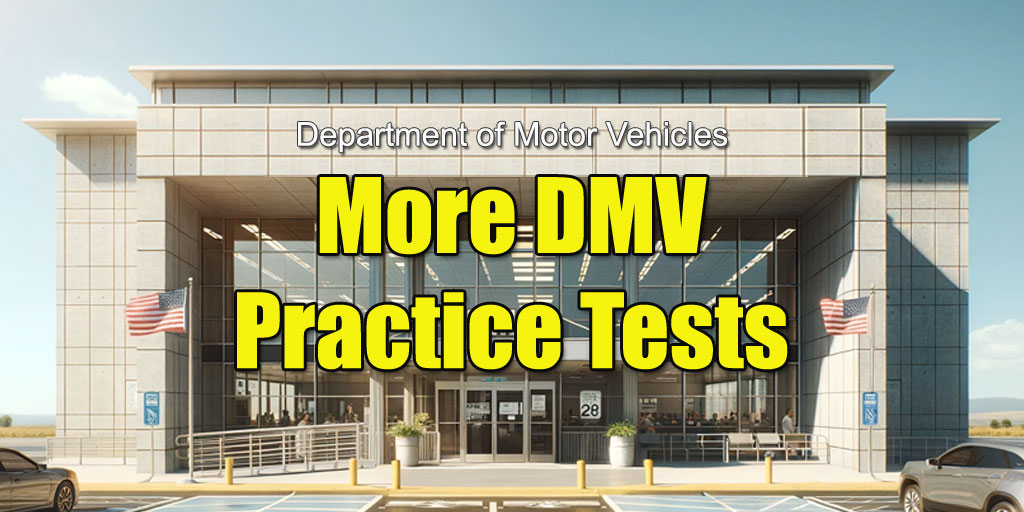The Hardest Road Signs Quiz for Americans
Difficult Signs on the Driver’s License Test
Many licensed drivers in the United States fail to recognize the meanings of some common road signs they see daily. In some cases, it also means that licensed drivers would fail their license knowledge test if forced to retake the exam.
Teenagers without driving experience also need help with some of the most common road signs. It is usually because they still need to figure out the universal language of road signs.
In fact, very few first-time applicants get the perfect score on their first DMV test, even though road signs probably are the easiest part of the written test.
Quiz-A-Go-Go has put together this quiz with some of the most challenging signs because knowing road signs and their meanings is essential for safety on our highways. The quiz shows you the signs on which most test takers fail.
Any driver behind the wheel is responsible for knowing all signs and their meanings. Disobeying a road sign just because you didn’t understand it may be costly and put yourself and others at risk of an accident.
Some signs in this quiz may never show up on a DMV test, but if you aim to be the best driver you can be, you should learn them. In a real-life situation, they can be challenging to interpret. By knowing them, you can avoid unnecessary mistakes.
In this quiz, you will see some of the hardest road signs. These signs confuse many test takers on the license or permit test. On average, new drivers miss six out of the 20 signs.
Can you do better?
What are the Most Important Signs on the DMV Test?
DMV will not ask you to identify the most difficult signs. They are well aware that many students will fail to recognize them.
Instead, DMV will focus on standard signs you must be able to recognize on the road.
Failing to stop at a Stop sign is, for example, an offense and puts you and others in danger. DMV often has a question about what you must do at a stop sign, and you should be aware that rolling stop is not enough, even if the way is clear.
Questions about Yield signs and Railroad Crossing signs are also common. The RR Crossing sign is a warning sign. The crossbuck sign has the same meaning as a Yield sign. Sometimes, the state combines the crossbuck sign with a stop sign unless signals and gates control the crossing.
Two other warning signs you must know are Divided Highway and Divided Highway Ends. At first glance, they look the same, and it can be easy to miss one of them on a test. Ensure you can tell them apart.
The Speed Limit sign is also one you must recognize. You must always obey the black-and-white sign. Some states have special rules about exceeding the speed limit when passing other vehicles. Still, most states will not allow exceeding the speed limit under any circumstances.
Some Speed signs are yellow or orange. Do you know why?
If you have studied your driver’s manual, you know that yellow and orange are colors that display a warning. They are not regulatory, but you should obey them for your safety.
The Free DMV Test for Your State
Visit driversprep.com for a comprehensive and free example test with the questions that DMV in your state may ask on the test. Driversprep.com has been online since 2007 and is still the most trusted practice site in the United States.
Other US Road Sign Quizzes
- Shapes and Colors Quiz
- More shapes and colors
- U.S. Random Road Signs from a Large Pool of DMV Questions
- Match U.S. Road Signs and Their Descriptions
- U.S. Road Signs – Which Sign is it?

